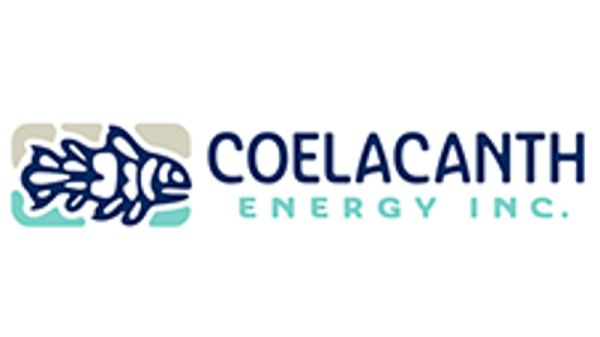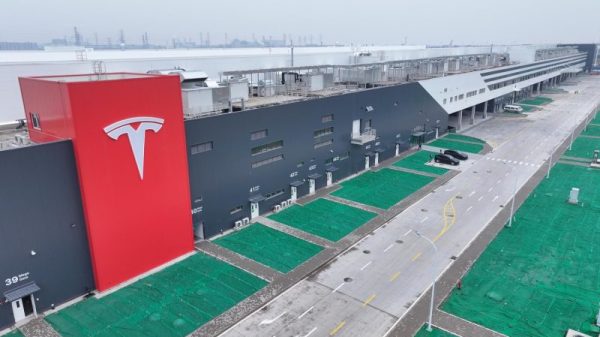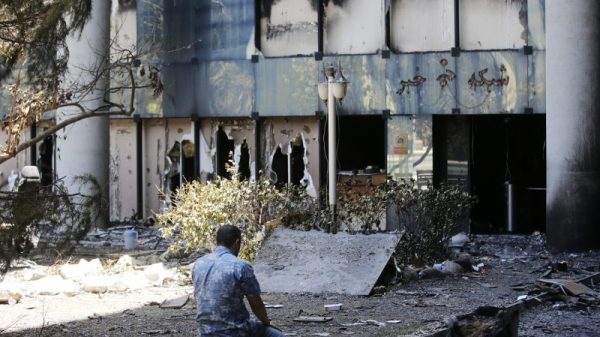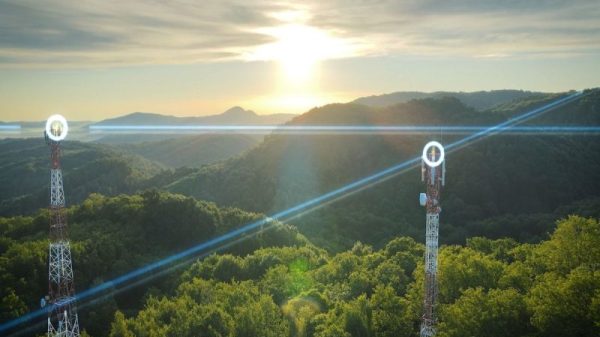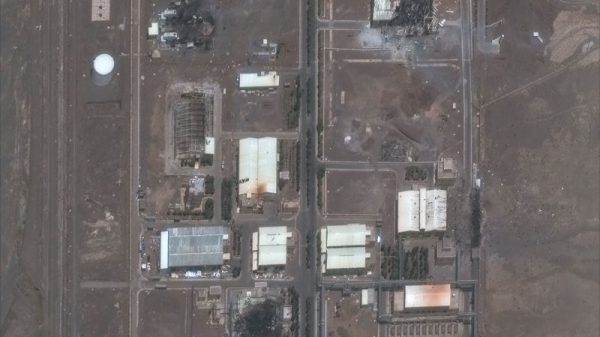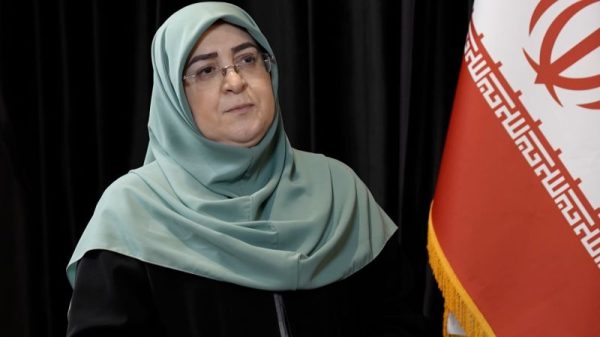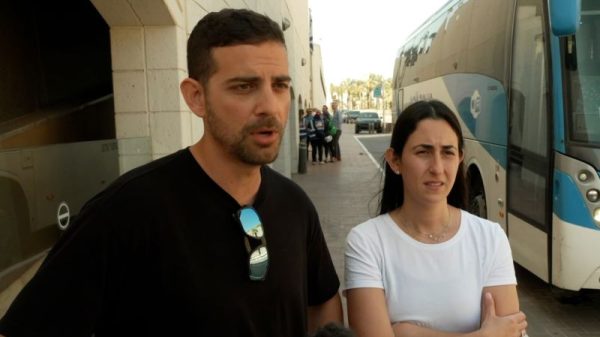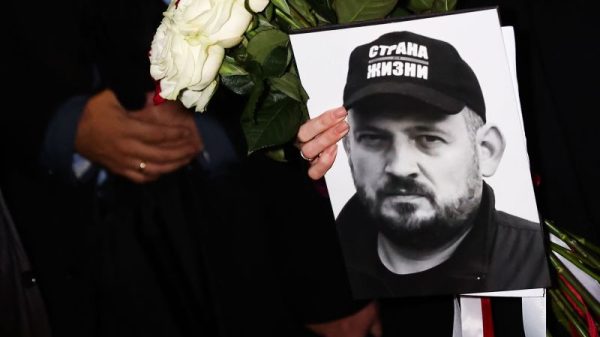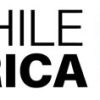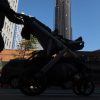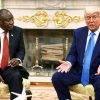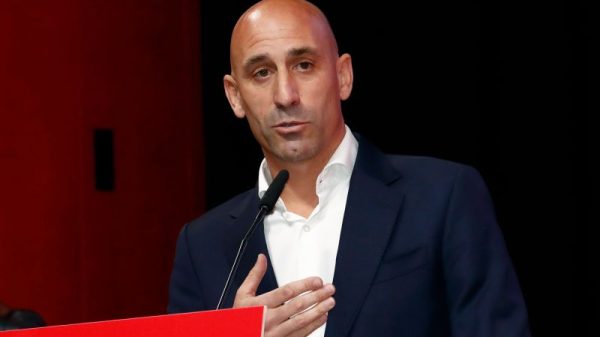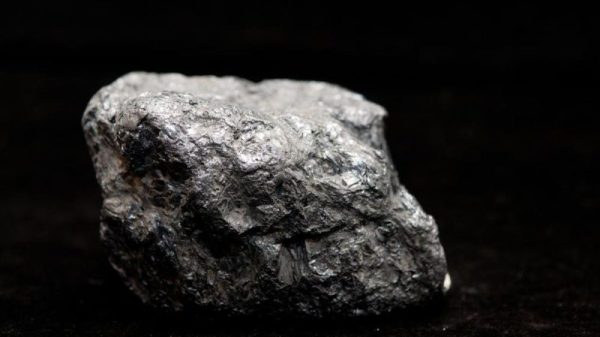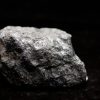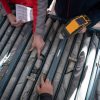The US has struck three key nuclear sites in Iran, President Donald Trump said on Truth Social Saturday evening as the Iran-Israel conflict enters a second week.
The Fordow, Isfahan, and Natanz sites lie at the heart of Iran’s nuclear ambitions, and had previously been targeted by Israeli strikes. Here’s what we know about them.
Natanz
The nuclear complex, about 250 kilometers (150 miles) south of the capital Tehran, is considered Iran’s largest uranium enrichment facility.
Analysts say it is used to develop and assemble centrifuges for uranium enrichment, a key technology that turns uranium into nuclear fuel.
Natanz has six above-ground buildings and three underground structures, two of which can hold 50,000 centrifuges, according to the non-profit Nuclear Threat Initiative (NTI).
The site was targeted in Israel’s initial attack on Iran, with satellite photos and analysis showing the strikes destroyed the above-ground part of Natanz’s Pilot Fuel Enrichment Plant.
That’s a sprawling site that has been operating since 2003, and where Iran had been enriching uranium up to 60% purity, according to the International Atomic Energy Agency (IAEA). Weapons-grade uranium is enriched to 90%.
Fordow
Much is still unknown about the full size and nature of this secretive, heavily-guarded facility, located close to the holy city of Qom and buried deep in a group of mountains. A good chunk of what we do know comes from a trove of Iranian documents stolen years ago by Israeli intelligence.
The main halls are an estimated 80 to 90 meters (around 262 to 295 feet) beneath the ground, making it very difficult to destroy the facility from air. The US is the only country with the kind of bomb required to strike that deep, Israeli officials and independent reports have previously said. However analysts have warned even those bombs might not be enough.
“Iran can convert its current stock of 60 percent enriched uranium into 233 kg of weapon-grade uranium in three weeks at the Fordow Fuel Enrichment Plant,” enough for nine nuclear weapons, according to the nonpartisan Institute for Science and International Security (ISIS).
Recent IAEA reports suggested Iran had ramped up production of enriched uranium to a level of 60% at Fordow. The facility now contains 2,700 centrifuges, according to experts and the IAEA.
Isfahan
Isfahan is in central Iran, and is home to the country’s largest nuclear research complex.
The facility was built with support from China and opened in 1984, according to the NTI. According to NTI, 3,000 scientists are employed at Isfahan, and the site is “suspected of being the center” of Iran’s nuclear program.
It “operates three small Chinese-supplied research reactors,” as well as a “conversion facility, a fuel production plant, a zirconium cladding plant, and other facilities and laboratories,” the NTI says.

